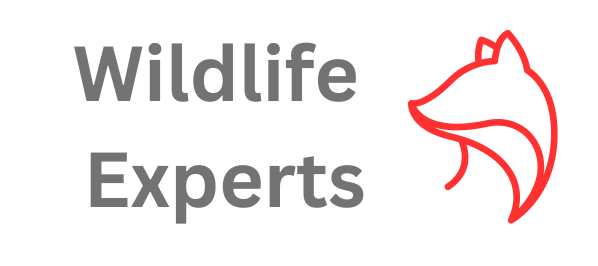Animals and insects spend their days and nights trying to survive. They have natural camouflage, concealing themselves as they search for food, water, and shelter.
The most recognizable example of camouflage in nature is the chameleon that uses active camouflage. When a chameleon’s body changes temperature or mood, it sets off a nervous system reaction that signals color change. Not all animals and insects have the abilities of the chameleon. However, they can utilize various other camouflaging methods, like the following, that help animals and insects avoid being eaten by predators and also help them stalk prey.
Wildlife Can Match Colors
When animals and insects live in forests where browns and greens are the dominant colors, they can easily camouflage themselves among the trees, leaves, and brush. Whitetail deer are masters at blending in with the outdoors during hunting seasons. Squirrels and rabbits can also color match with brown leaves, dirt, and tree trunks. Grasshoppers on green leaves or blades of grass are difficult to spot.
Some animals have fur that changes with the seasons, such as the snow hare, which is white in the winter to match the snow. Warmer temperatures trigger a biological reaction that changes its coat to shades of brown.
Scorpions, like the small ones found in Georgia, Alabama, Florida, and around the South, are very hard to spot since their coloring helps them blend with many objects. Being nocturnal makes it even easier for them to camouflage. Aphids, stink bugs, katydids, mantis, and June beetles are a few more examples of insects that use color matching for survival.
Wildlife Can Disrupt Colors
Insects and animals use the shapes, spots, or stripes on their bodies to camouflage themselves by disrupting colors. The patterns break up the animal’s outline by making the animal’s or insect’s edges appear different. Some seem to morph into an object or other animal.
An example of color disruption is the copperhead snake. The patterns on the back of the snake produce a fake or enhanced edge, especially when it is not moving. Looking at it, you may be unable to tell if it’s a snake, twig, or dirt. Turtles and toads disrupt colors to camouflage themselves from predators and prey, using the patterns on their bodies to blend in with trees, dirt, and leaves. The mask on a raccoon is a disruptive pattern. A raccoon’s eyes are its most noticeable trait when open. When they close their eyes, they disappear into nature.
Wildlife Can Mimic Other Wildlife
Some animals and insects can copy the traits of another animal or insect. Doing so can make predators not want to pursue them. For example, hoverflies, which do not have stingers, can mimic stinging bees by matching their body colors and their buzzing sounds.
Sometimes called mimesis, it helps some animals and insects appear as non-living objects, like leaves, rocks, and branches. Butterflies can mimic the patterns on different leaves. If you’ve ever seen a walking stick insect, you know it looks like twigs and branches. Many beetles camouflage themselves by mimicking a leaf.
The leaf beetle, however, makes changes to the leaf rather than itself. It does this by making strategically placed holes so the leaf mimics it. A few species of the one thousand robber fly species in North America can change their appearance to mimic bees and wasps. Some caterpillar species can make themselves look like a snake. The hummingbird moth mimics the hummingbird, and thorn bugs mimic thorns on plants.
Wildlife Can Disguise or Decorate Themselves
Some animals and insects use natural items as a disguise. They add items from their surroundings to help them blend in and avoid detection. Some turtles grow moss on their shells, crabs attach algae to their bodies, and caddis flies add items from freshwater habitats to avoid becoming prey. Rock sparrows decorate their nests with the finest items they can find in their environment to receive more attention from their parents and peers.
Wildlife Can Use Acoustic Camouflage
Not all camouflage is visual. For example, acoustic camouflage can be helpful to predators and prey. Bats use echolocation, which is amazing. As they fly around, they use sound to locate objects and insects like moths. They may not be lucky with all moths since some can hide sounds using acoustic camouflage. Their wings have anti-echolocation scales and suppress enough sound that they go undetected.
Wildlife Can Countershade for Camouflage
Countershading is a camouflage method best used by animals with dark colors on their back and light colors on their bellies. The darker colors on their back do not illuminate; that part of the body is in the shadow. Many water animals like sharks, whales, otters, penguins, and dolphins use this technique to blend in with the water. Animals in your neighborhood that have this ability include mockingbirds, kingbirds, seagulls, warblers, and gray squirrels. Skunks and honey badgers use reverse countershading.
Camouflage techniques show you some fantastic ways animals and insects protect themselves and carry on their species in the wild. They may be camouflaging themselves to go unnoticed by prey and predators on your property. If so, contact one of our wildlife experts to learn more about camouflage and whether you should consider removing them from your property.
